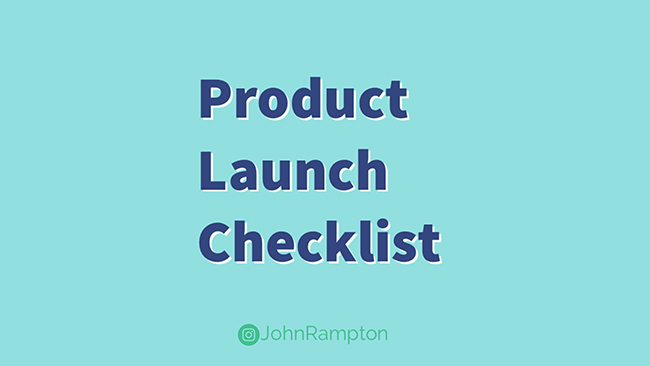Launching a new product can be an overwhelming experience, even if you’ve put considerable time and effort into planning and manufacturing. Distribution and marketing are crucial components of any product launch, whether you’re releasing a new app or retail merchandise.
Here is a simple launch checklist that you can use to ensure you’re on the right track before setting an official launch date.
Know Your Market
Before you begin working hard to distribute and get the word out about your new product, you should already have identified your target market. As much as you’d like to create something that appeals to every consumer, there is a segment of the population most likely to be interested in what you’re selling.
Once you’ve targeted those customers, you can develop a plan to make sure they know about it.
Have a Marketing Plan
Your potential customers need to know about your product, whether it’s through social media, email, or more traditional advertising methods. Your marketing plan should involve thorough market research into the best way to reach your target demographic.
On social media, this means knowing which platform those customers are likely to use based on their age range and interests. You should also be aware of your marketing budget and create a plan that gets the most out of each dollar.
Have a Distribution Plan
You likely already have at least general idea how your products will reach customers. For online stores, a distribution plan often involves setting up shipping, either on your own or a third-party company.
If you plan to sell your product in brick-and-mortar locations, you’ll need to decide whether to work directly with retailers to form an ongoing relationship or let a third-party distributor handle your warehousing and distribution.
Complete Thorough User Testing
Before consumers start using your product, it should have been tested by a carefully-chosen group of people who provide feedback on any issues. Be sure to allow plenty of time to work out any bugs and retest several times before launch day. If possible, work with a team of user experience professionals who have the expertise necessary to identify problems with your type of product and provide feedback you can use.
Prepare Customer Service
Once your product is on the market, you’ll need to be prepared to respond swiftly to any customer complaints. You’ll need to set up a customer service desk to take any calls or website tickets that come in. Additionally, you use a social media monitoring service to alert you of any mentions of your brand or product name online.
Set up a Frequently Asked Questions (FAQ) page on your website and continue to refine that FAQ once the calls start coming in.
Monitor Results
The real work begins once your product is in the world. Successful companies closely monitor customer feedback and continue to make small improvements based on that feedback. This is especially true of software. Even if you build devices that rely on software, bugs are more likely the more complex that software gets.
Build automatic bug reporting into your applications to ensure you’re the first one to know when there’s an issue with your solution. Have your own employees continually test your products to ensure there aren’t unreported issues.
Launch day will always be nerve-wracking, but if you’ve spent considerable time preparing, things will go smoothly. In the months that follow, there will likely be small issues and complaints, but if you address them swiftly, you’ll prove yourself to be a company that cares about its customers, which will boost loyalty and lead those customers to refer your product to others.

